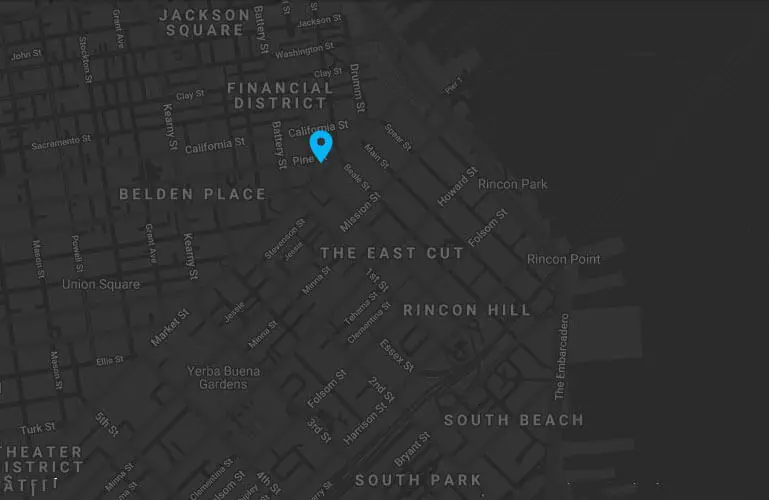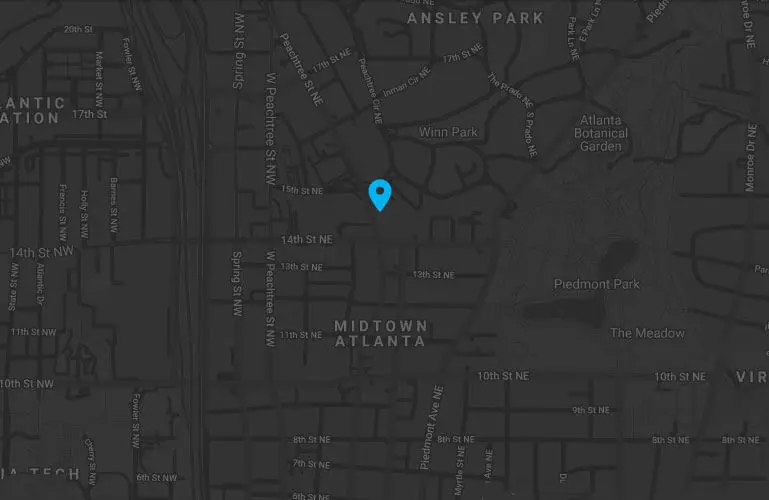Non-Profit Web Design Strategies: How Your Organization Can Thrive In A Digital World
Lets face it, non-profits and technology don’t always make for good bedfellows. Non-profits face many challenges, from keeping the lights on, fundraisers, donor and member relations and bureaucratic squabbling, that tend to occupy much of the bandwidth. However, there are other nuances that lead to predictable outcomes. Non-profit organizations are comprised of idealists; folks that are out to change the world for the better. These people have often spent years compiling degrees, writing dissertations and sometimes traveling to the farthest outposts of the globe to care for people or creatures in need. A noble endeavor, indeed. However, the concept of non-profit web design strategies can seem like a foreign notion, as non-profits seek to make a difference without shining the spotlight. It can be culturally ingrained that promotion is somehow a thing to avoid, as if the attempt in doing compromises the integrity of the cause. This is unfortunate, as minimizing the message diminishes the impact. Non-profits should embrace technology, and the most impactful and cost-effective way to do so is through the proper use of web technologies.
Here are 5 non-profit web design strategies using best practices:
1. Promote your organization through non-profit web design strategies to deliver your message.
According to the National Center for Charitable Statistics (NCCS), more than 1.5 million nonprofit organizations are registered in the U.S. That is a very crowded room, and unless you can effectively communicate your organization’s message and purpose, you stand a real chance that you will get drowned out in all the chatter. Just as with anything in life, we can’t all be the Melinda and Bill Gates Foundation or the Susan G Komen Foundation. We can’t assume that people know who we are or what we are trying to do. This is a critical task for your website, and it needs to be clear and simple. The website needs to tell your story. It needs to elicit an emotional response from site visitors. It needs to drive them to take action.
2. Utilize social media.
Social media is an ideal platform for non-profit organizations invest. According to Brandwatch, the average daily time spent on social is 116 minutes a day. This is an engaging and captive audience that loves to share engaging, emotional stories with their friends, family and co-workers. Non-profit organizations need to create unique content that catches the attention of your social audience, and if your’re lucky some of them might even go viral. Interesting videos, fundraisers, personal stories, etc. A few years ago we created a Facebook ad for the Tennessee Aquarium that had a humorous approach. The observer was asked to guess how many fish were in a picture and post their answer. As the viewer strained to count the fish the image suddenly morphed into a great white shark attacking the screen. It had a simple shock value to it and was shared by over 10,000 people. Simple campaign, effective results.
3. Take your fundraising online.
Fundraising is the lifeblood of any non-profit organization. Your non-profit web design needs to be your most compelling fundraising vehicle, and don’t play coy. An effective online fundraising strategy is aggressive and visible. Make certain that site visitors are aware of how they can donate at all times. Every page on the website should have a “Donate Now” button. The website should drive the user to all different types of fundraising options, including online donation, attend a fundraiser, membership, sponsorship, gift honor, merchandise, etc. One great platform we highly recommend is Network For Good (www.networkforgood.com), which offers a variety of fundraising services to help even the smallest non-profit organization become a fundraising rockstar. Regardless of your online fundraising strategies, make them as simple as possible and incentivize your audience to take action through effective storytelling.
4. Engage the media.
With all the talk of fake news these days it is important to know that the press is still the best way to get your message out to the largest possible target audience. Make sure that all of your site updates are submitted to media channels, some of them might pick them up for mass coverage. Install a news aggregator on your website. Create a mailing list for breaking news blasts and make certain to ask your site visitors to subscribe. Update your blog weekly. Push all your press releases out to social media. Create a media kit for journalists to download. Provide a contact name and information on your website so that the press can reach you for comment. Get to know your local journalists.
5. Organize grassroots activities.
Not everyone can make financial contributions to your organization, but they would still like to help. Use your non-profit web design as a platform to encourage volunteering at a local level. Provide a volunteer kit that anyone can download and follow to organize local charity drives that promotes your message and fundraising. Have contests that recognizes local heroes that are making a difference. Feature them on your website, give them an opportunity to tell their story and why they are so impassioned about your organization. Show pictures and videos of folks wearing your gear and engaging in the community. This generates buzz, excitement, goodwill and results.
Conclusion
Non-profit web design strategies can be highly effective. We strongly recommend that non-profit organizations embrace a web marketing strategy that revolves around their website. Invest in a strong web presence by a professional web design agency that specializes in non-profits and properly reflects your organization’s purpose, culture and values. Keep your website current and active with new blog posts and press releases. Turn your website into a fundraising machine. Engage social media. Connect with journalists. Encourage grassroots activities.
About D E E P B L U E
D E E P B L U E is a full-service, custom San Francisco web designer that specializes in creating an entirely new user experience through responsive design, placing an equal imperative on both desktop and mobile devices. They create impactful multi-platform solutions for meaningful brands. D E E P B L U E offers a suite of creative services to improve the online visibility and impact of your business. Their capabilities range from custom websites with responsive design and robust CMS solutions to branding and marketing campaigns, all with a deep focus on the user experience. They succeed in providing their customers with a unique and engaging multi-platform experience. D E E P B L U E’s clients range from small business to Fortune 500, from start-ups to 100-year-old stalwarts, from non-profits to government agencies.
We are recognized as a top California Web Design Agency on DesignRush.







